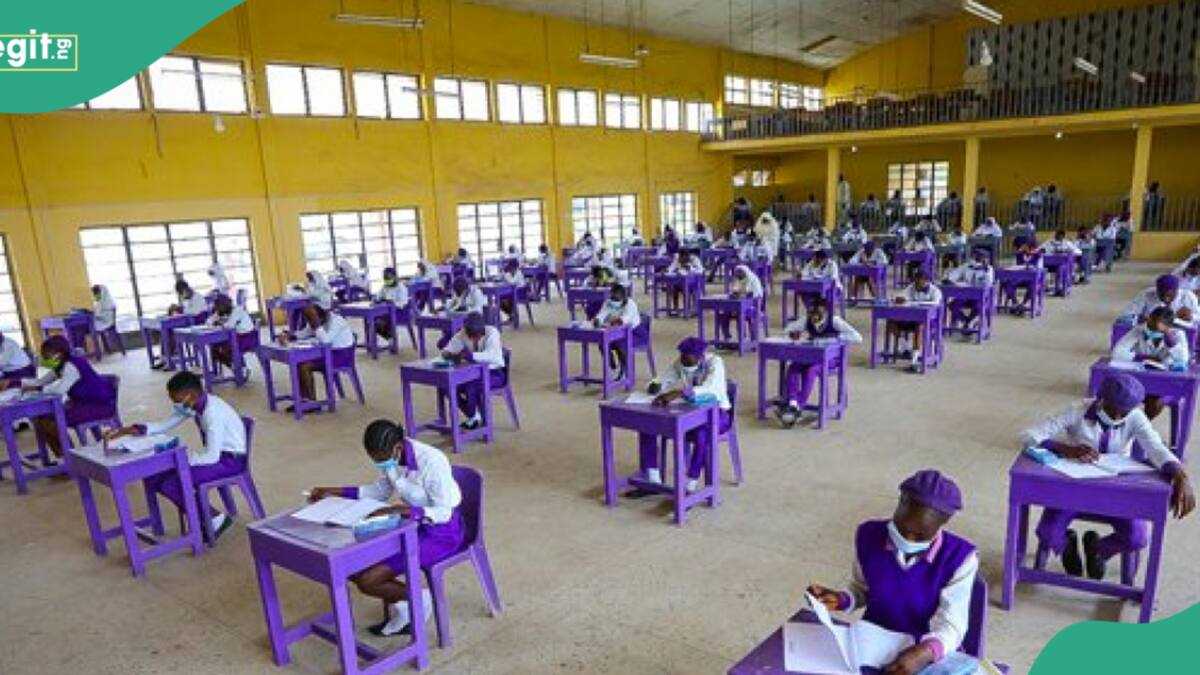Copyright The Associated Press

Burlington School District leaders announced last week that they have reached a major milestone in efforts to reduce racial bias. Data from the last school year indicates that students of color — about 42% of the population — represented only 33% of suspensions across the pre-K-12 school district. This is a drop from the 2021-2022 school year when students of color — 38% of the population — represented 50% of suspensions in the school district. The total number of suspensions across the roughly 3,200-student district has also decreased from 248 two years ago to 207 the last school year, according to the release. The Vermont Agency of Education defines educational equity as the degree of achievement, fairness and opportunity in education as measured by a standard of success. While many school districts have adopted equity statements and actions — often not without a fight — many school districts, including Burlington, have struggled to address racial disparities in student outcomes in Vermont, one of the whitest states in the nation. And cases of persistent racism, harassment and resulting settlements continue to be reported at many school districts. But addressing disparities in student suspensions disproportionately affecting students of color has been a focus in Burlington for decades, according to district leaders. They point to the connection research has shown between suspensions and difficulties succeeding in and outside of school. “When students of the global majority succeed, all students succeed,” said Henri Sparks, the school district’s equity director, referring to students who are Black, Asian, brown, indigenous or of multiple races. The term “people of the global majority” was coined in 2003 by Rosemary Campbell-Stephens, a British-Jamaican academic. Many racial justice advocates and educators consider it to be a more accurate and inclusive descriptor than terms like “BIPOC,” “ethnic minorities” or “marginalized people.” Of the 207 suspensions recorded in the 2024-2025 school year, 68 involved students of color, compared to 248 suspensions in 2023-2024 of which 121 involved students of color, according to data shared by the district. Overall, suspensions have decreased by 17% and, as a result, attendance records have improved. Data shows that 305 student school days were lost to suspensions in 2024-2025 compared to 426 days in 2023-2024. The length of suspensions are also decreasing, with the average days lost per suspension down to 1.47 from 1.72. Burlington’s restorative code of conduct, revised in 2023, made limiting suspensions to extreme circumstances one of its five major goals. This led to the elimination of automatic suspensions for behaviors like fighting, smoking and vaping, and led staff to foster strong bonds with students and better understand cultural divides. “Because historically, the school suspended a lot of students of the global majority for reasons that they probably should not have been suspended for,” Sparks said. Burlington’s achievement is noteworthy at a time when diversity, equity and inclusion programs are under attack by the federal government and when districts across Vermont are struggling to continue inclusion efforts. Sparks said he hopes Burlington will stay above the politics in Washington, that looks to eradicate equity services and programs. “As we look at all the federal cuts, we still have to figure out … how do we do this work better in spite of all the changes?” A committed community Superintendent Flanagan said he came to Burlington because it seemed to be a community that was committed to doing the work to improve student outcomes. “My core responsibility is to create equity in our system. And the inequities in our system are around discipline and achievement, and those show up as disparities in our data every year,” he said. The majority of Burlington students, families and staff want to do this anti-racism work, Flanagan said, and that’s what has helped the school district accomplish this win. Burlington district leaders credit the improvements to multiple ongoing efforts. The district started a summer racial justice academy in 2021 that builds youth leadership and empowers them to make suggestions to the board; created yearlong anti-racist professional learning communities for staff; and offered a series of virtual equity workshops with students panelists exploring issues such as dismantling white supremacy and preventing hazing, harassment and bullying in school. “What we’re really looking at is really helping our teachers to become more informed of the social emotional needs of our students and how students of the global majority learn differently, participate differently,” said Sparks, who serves on the district leadership team. “First and foremost, they want to succeed, and it’s our responsibility to ensure that they are successful. And if there are barriers, those barriers should not be put in place because of us, the adults in our schools.” Adults fostering relationships with students and implementing restorative practices and peer mediation have greatly helped lessen or prevent conflicts in school, said Sabrina Westdijk, principal of Burlington High School. For example, she said, when a group text message chain among students caused harm to someone over a weekend, the anger and resentment could fester and lead to significant conflict in school by Monday morning. Alternatively, students could talk to a trusted staff member and discuss what upset them to diffuse the situation. “And we can actually bring students together and handle it proactively to resolve what turns out was actually really a misunderstanding that escalated,” she said. That’s very different from how fights, smoking or drug incidents were handled previously — with punitive measures that did nothing to curb underlying issues such as addiction or conflict at home, Sparks said. When he first started work in the Burlington School District as a student support specialist in the early ’90s, the largest group of immigrants were Vietnamese, and they navigated school with immense difficulty — from being teased and called names to being told they smell and to go back where they came from. “In my opinion, Vietnamese students and their families were not supported in our schools at all,” he said. Sparks said he had honest conversations with school leaders when he joined the district. “I created the job as I went, based on what I was seeing from students. It was an uphill battle all the way, back then. The high school had three Black people, period,” he said. Since starting that job, he has helped steer the district’s equity efforts from the creation of an equity council to the implementation of restorative practices and has guided professional development in the form of equity conversations for staff. But, all in all, Sparks said, it’s been a team effort, with buy-in from the superintendent, the school board to teachers and staff. “The bigger challenge is making sure we stay on top of it,” Sparks said. “We are doing things to really keep that number where it is, and that means, continuing to push, continuing to help students of the global majority thrive, excel and be included.” Combating disparities elsewhere At Winooski, Vermont’s most diverse school district, students of color are the majority: 57% identify as Black, indigenous, and people of color, and 36% receive multilingual services. There, students led the effort to present equity solutions to the board through the Antiracism Steering Committee formed in 2020, to serve as an oversight and implementation body, according to Superintendent Wilmer Chavarria. Disparities in suspensions have not been an issue there, said recent graduate Mea Ree Jan, a facilitator of the committee that meets every week. The group’s recommendations, which Winooski School District has followed, include increasing staff diversity, creating ethnic studies and restorative justice solutions, she said. What stands out in the pre-K-12 Winooski school district — a much smaller district than Burlington’s with about 800 students — is that students have really strong relationships with teachers and staff and with one another. “They feel like they can go to a teacher if something does happen,” Jan said. “There’s this sense of comfortability that you don’t really see happening in larger school districts.” Winooski’s approach has been more about creating the system, structures, policies and practices to ensure that it is an anti-racist school district, said Lindsey Halman, executive director of Up with Learning, an education consultancy that works with several school districts to help achieve equity and justice. South Burlington School District — a larger pre-K-12 school district of about 2,700 students, of which about 30% are students of color — has an equity policy adopted by the school board, similar to Burlington’s, that includes anti-racist professional development for teachers and staff with 25 educators facilitating the work, according to Monica Desrochers, director of diversity, equity, inclusion, anti-racism and social emotional learning. The district aims for all students to pass assessments, have perfect attendance and no suspensions, but one of the challenges they face in South Burlington is around increasing staff diversity and representation, she said. South Burlington Interim Superintendent Joe Clark commended Burlington for its success in reducing racial disparities in suspensions. “We track data regarding racial disparities in discipline and have a robust professional development program to work to eliminate the disparities,” he said. “That is great news out of Burlington. We are not there yet but are continuing this important work.” While racial disparities persist in South Burlington’s suspension data, “our biggest gaps are between the students who are living with disabilities and students who are living below the poverty line,” Desrochers said. While efforts to achieve equity continue in the South Burlington School District, Desrochers’ benchmark for success would be for every student, including students of color, to feel “comfortable to be their most authentic self in any space in the building.” “I want 100% of our students to pass all of their assessments, not be suspended, have perfect attendance,” added Clark. “Short of that, it would be that we should not see gaps in any of those subgroups: racial, impoverished folks, students with disabilities. So until that happens, we’re not going to rest.” ___



